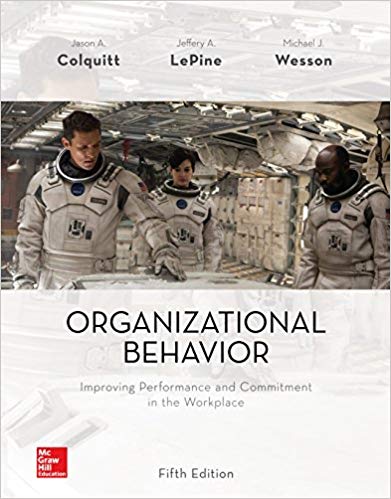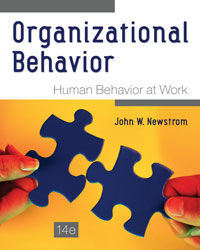Organizational Behavior Improving Performance And Commitment in the Workplace 5th Edition By Jason Colquitt – Test Bank
Do you need test banks fast? eTestBank.net is the best test bank website for you! Download your test bank right after you pay. No waiting!
Why eTestBank.net is Great:
✅ Instant Download:
Get your test bank right away after payment.
✅ Unlimited Downloads:
Download your test bank anytime and as many times as you want.
✅ 24/7 Live Help:
We are here to help you all day, every day.
✅ Guaranteed Delivery:
If you don’t get the download right away, we will send it to you in 3 to 6 hours.
How to Get Your Test Bank:
- Pick Your Test Bank: Choose from many test banks.
- Pay Safely: Pay securely on eTestBank.net.
- Download Instantly: Get your test bank immediately after payment.
- Download Anytime: Unlimited downloads whenever you need them.
Need Help? Contact Us:
📧 Email: [Support@etestbank.net]
📱 WhatsApp: [https://wa.me/message/MC222DLQ4GDXL1r]
Didn’t Get Your Download?
Don’t worry! If you don’t get the file right away, we’ll send it to you in 3 to 6 hours. Need it sooner? Contact us by email or WhatsApp.
💡 Buy now from eTestBank.net for instant downloads, unlimited access, and 24/7 support—get your test bank today!
Chapter 04
Job Satisfaction
True / False Questions
|
1. |
Research shows that employees with low job satisfaction experience strong positive feelings when they think about their duties or take part in their task activities. |
|
2. |
Values are those things that people consciously or subconsciously want to seek or attain. |
|
3. |
The value-percept theory utilizes three critical psychological states to measure job satisfaction. |
|
4. |
The elements in employees’ relationships with their supervisors that affect levels of job satisfaction are much different from the elements in employees’ relationships with their coworkers that affect job satisfaction. |
|
5. |
The value-percept theory suggests that people evaluate job satisfaction according to specific “facets” of the job. |
|
6. |
Some employees do not want frequent promotions because promotions bring more responsibility and increased work hours. |
|
7. |
Supervision satisfaction reflects employees’ feelings about their coworkers and their bosses. |
|
8. |
Satisfaction with what employees actually do is captured by the concept of satisfaction with the work itself. |
|
9. |
Satisfaction with the work itself is the single strongest driver of overall job satisfaction. |
|
10. |
Meaningfulness of work captures the degree to which employees feel that they are key drivers of the quality of the unit’s work. |
|
11. |
Job characteristics theory argues that variety, identity, significance, autonomy, and feedback result in high levels of the three psychological states (meaningfulness of work, responsibility for outcomes, and knowledge of results), making work tasks more satisfying. |
|
12. |
Variety is the degree to which the job provides freedom, independence, and discretion to the individual performing the work. |










